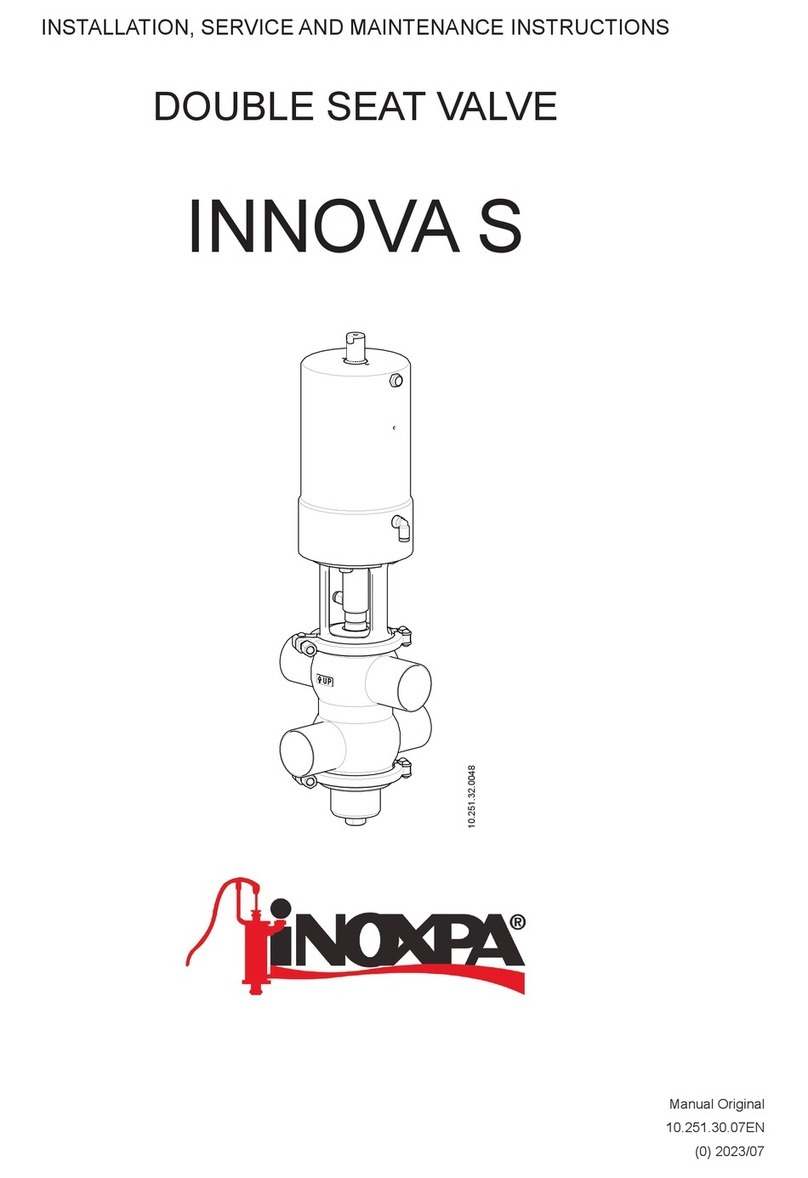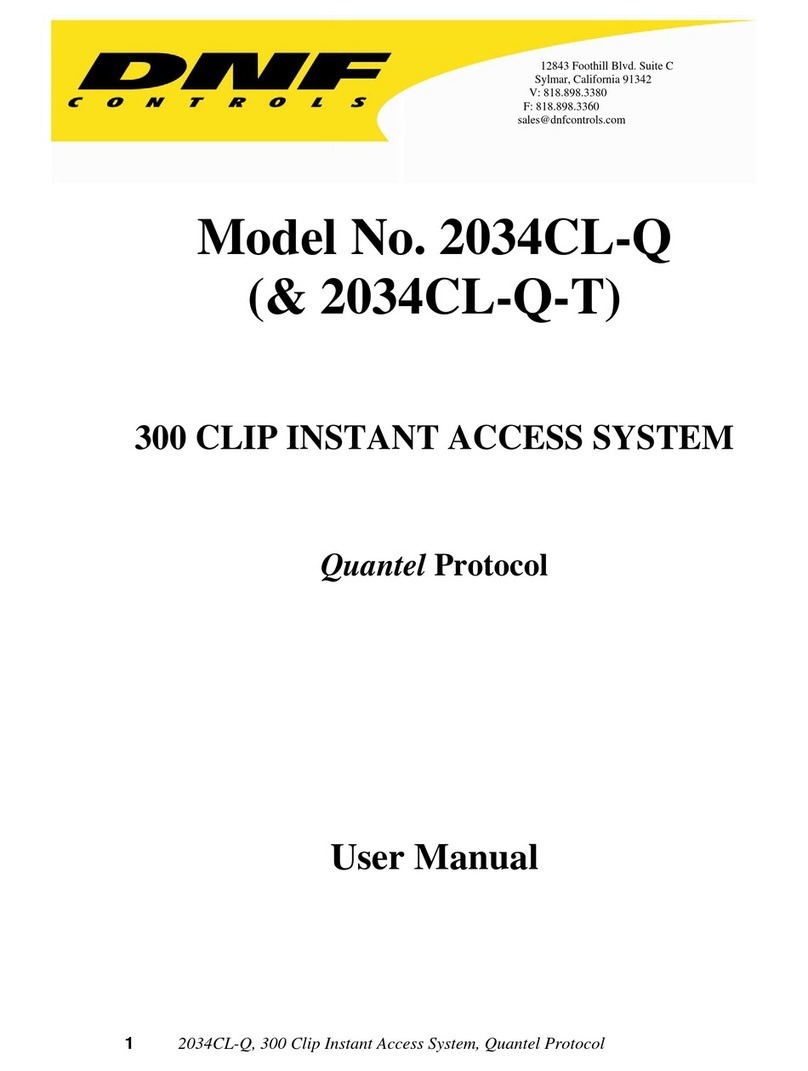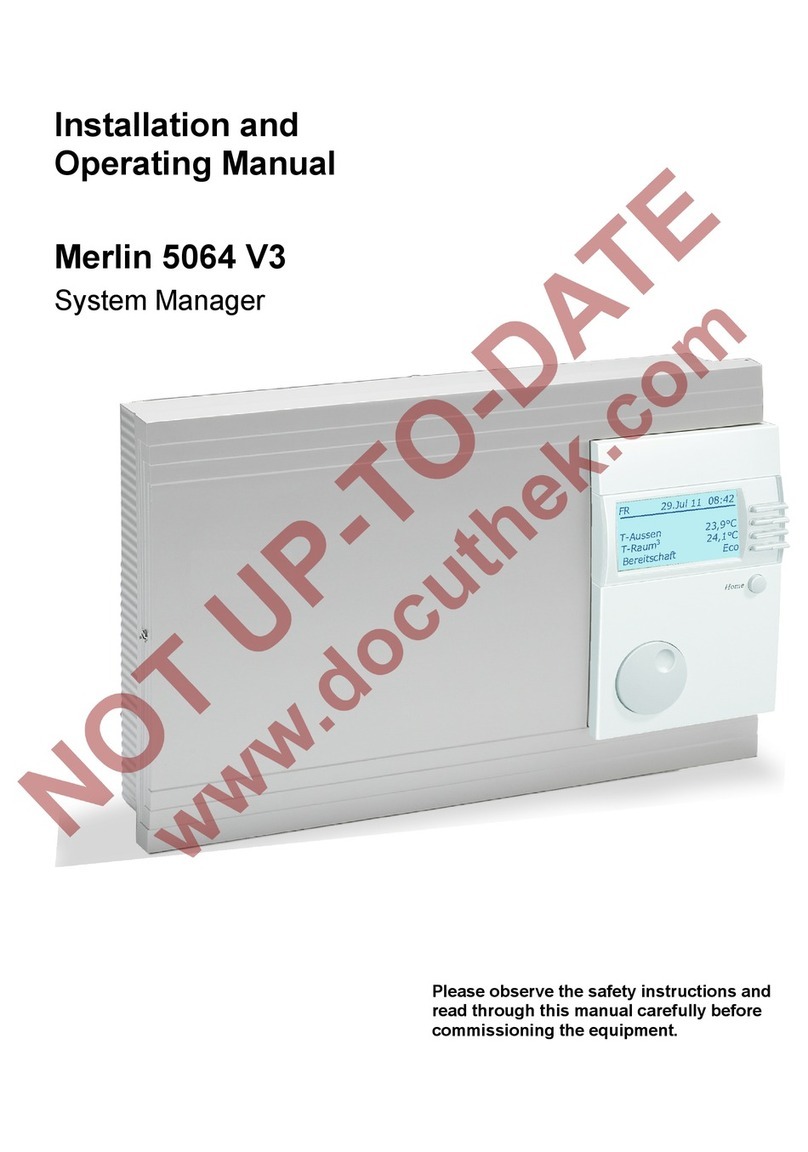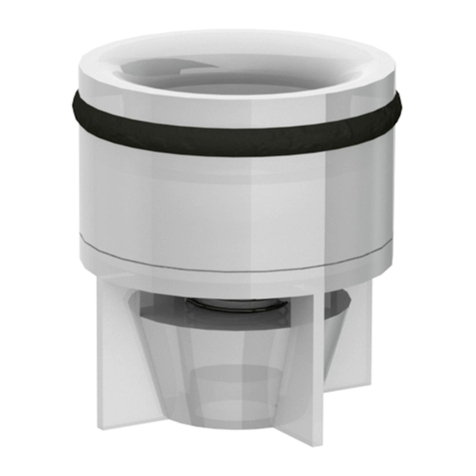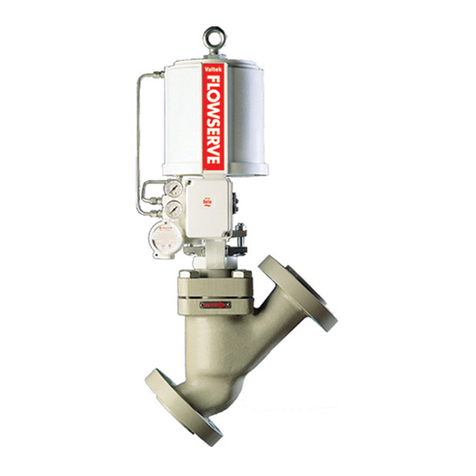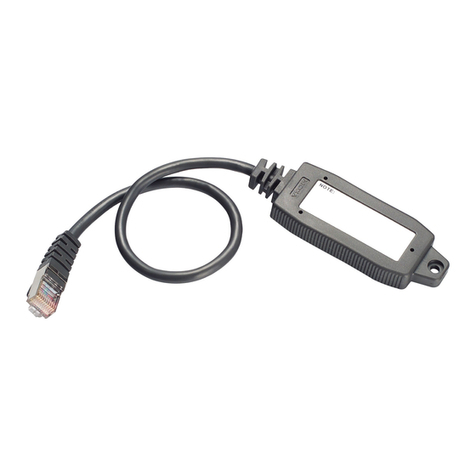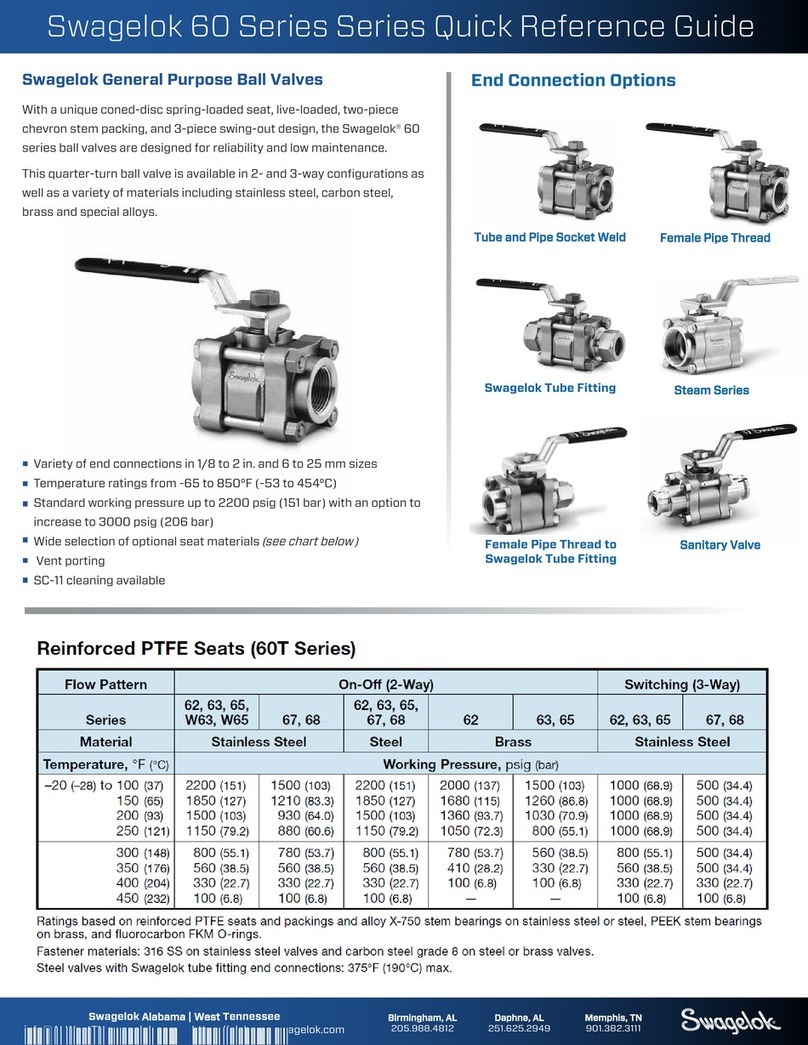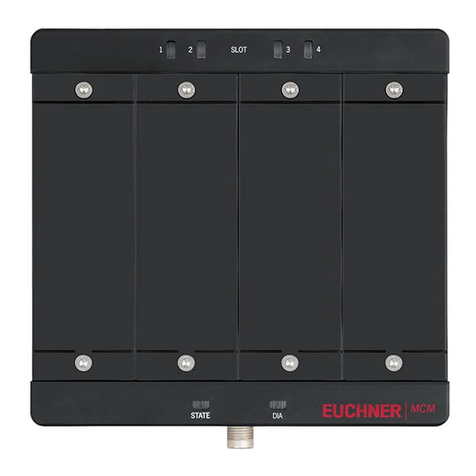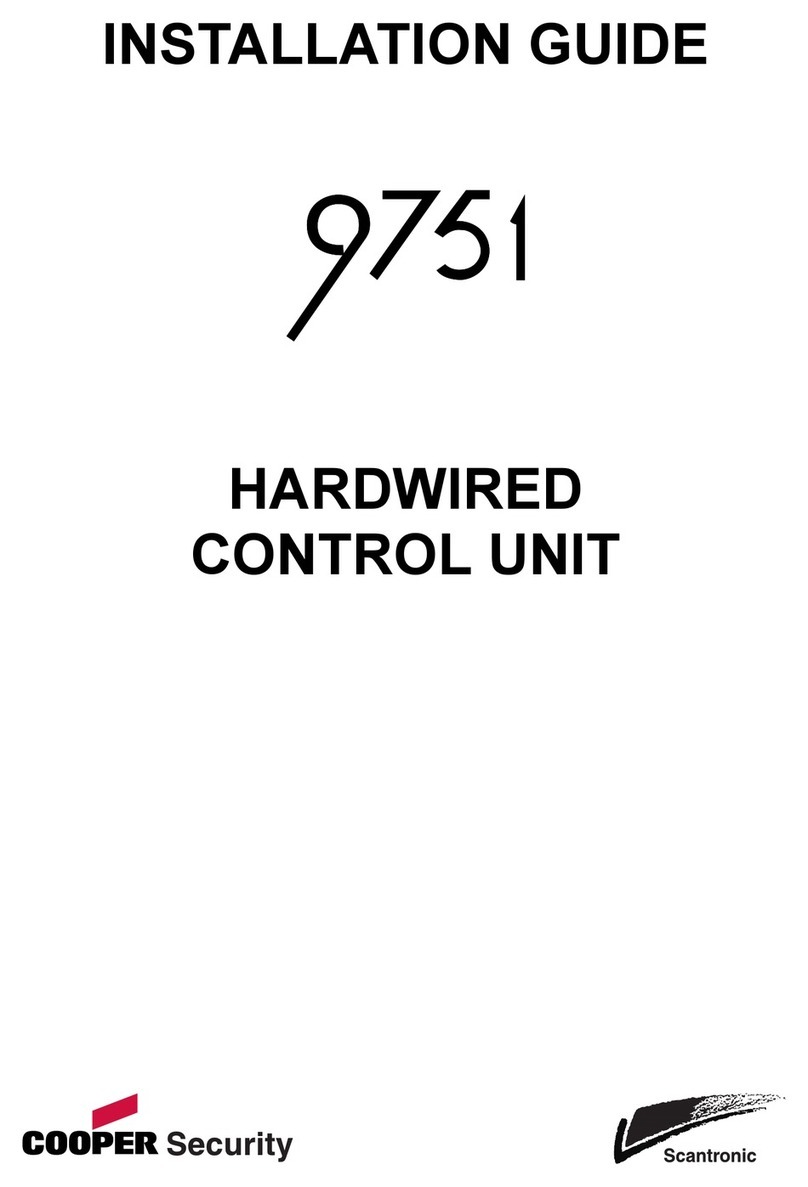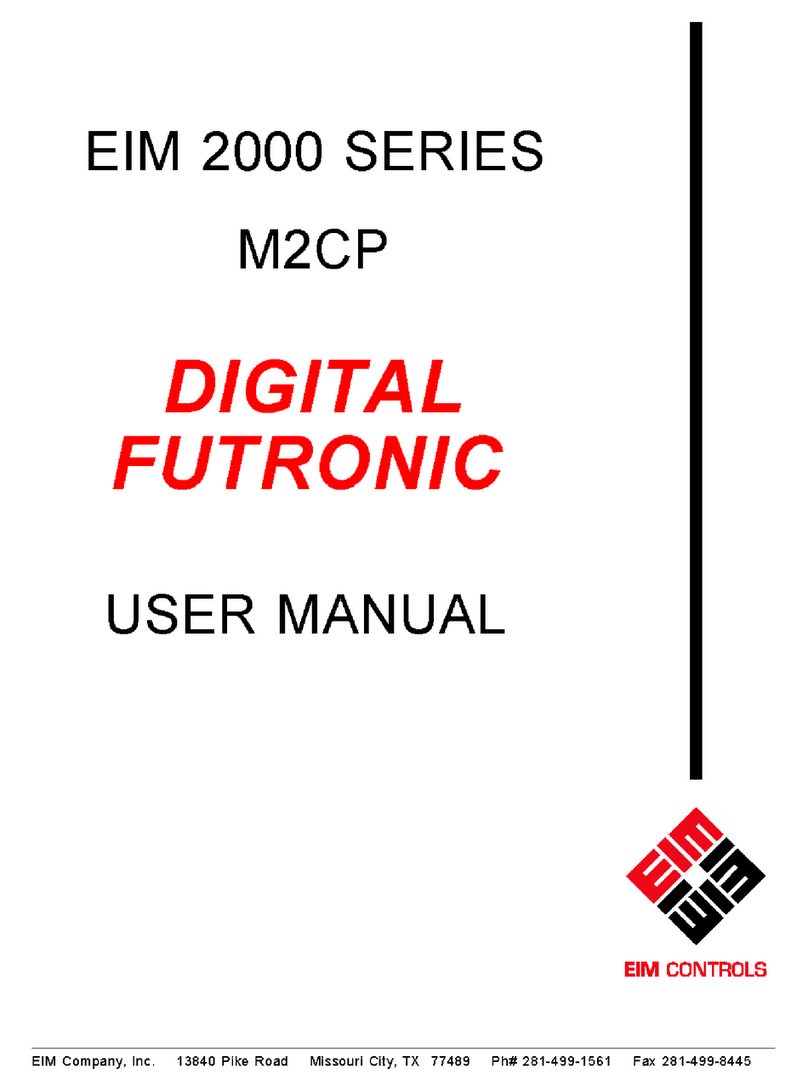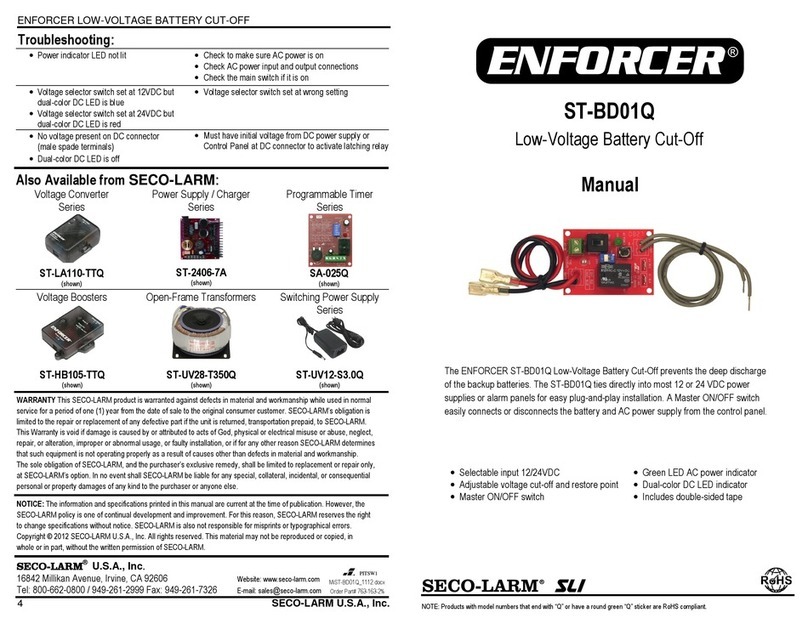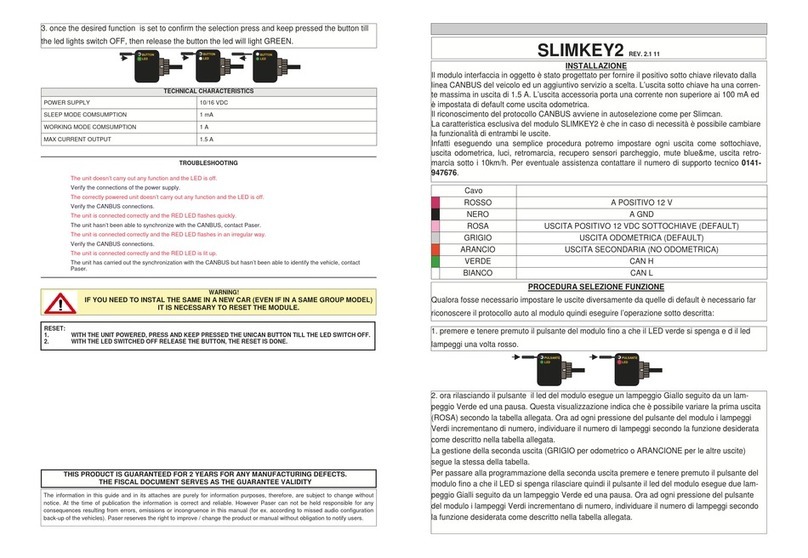
(4) A real time clock/calendarwith battery back-up.Our real time clock keeps
"real time"; hours, minutes etc. Our clock is not just an interrupt every few
milliseconds that requires processor overhead to actually keep track of the time
and date. (But you could use the interval timers to do that!) Included-a,re
features like 12 or 24 hour format, hour/minute/second /month/day/year/day-of-
week indication, individually accessible digits, BCD format, battery back-up
with a battery life of more than one year, and crystal controlled time-base.
(5) Sockets for 4K of RAM or EPROM. You can use two 2716 type EPROMs or two of
the new "byte-wide" RAMs or one of each. Provision is made to power one of the
socketsfrom the clockbatteryif desiredfor use with the Hitachi 6116 CMOS RAM
chip. The power consumption from the battery is so low that the data will be
retained for over one year, and that includes running the clock. The memory
space is addressable on any 4K boundary via a dip-switch, and may also respond
to the full 24 bits of IEEE extended addressing. The extended address is also
selectable by a dip-switch. The memory may also respond to the PHANTOM* signal;
it may appear or disappear when PHANTOM* is asserted. The PHANTOM* polarity is
selected by a dip-switch. The memory may be disabled with a dip-switch.
(6) A socket for a 9511A or 9512 LSI math processor. This chip is not provided
with the standard board since the price/performance tradeoff may not be
justified in all systems. But if you really need the higher system throughput,
the chips are available from us, or you may add your own. In any case, the
capability for later expansion is provided, should your need arise. Provision
has been made for either math chip, whichever you prefer. The math chip can run
in an interrupt driven mode, which allows the math functions to occur in
parallel with other processing on the bus. The math chips currently run at 2
MHz, but provision has been made for an on-board crystal oscillator so that you
can use the faster versions of these chips. Buying a math processor all by
itself on a separate S-100 board usually costs more than the price of an entire
System Support 1.
(7) Implementation of the S-100 Bus Signal PWRFAIL*. This signal does not meet
the exact spec as defined by the new IEEE 696/S-100 Standard, but is asserted
well before the regulators drop out of regulation. This allows thousands of
instructions to be executed before the system crashes. Couple this with the
battery back-up RAM capability and now you have a useful power-fail system that
will allow you to recover in an orderly fashion. Provision is made on-board to
jumper the PWRFAIL* line to the NMI* line.
(8) The System Support 1 takes up a block of 16 I/O ports and is addressable on
any 16 port boundary. Provision is made to generate one, two, four or eight
wait states to insure operation with the fastest of processors. This board was
designed for full compliance with the IEEE 696/S-100 specificationsto insure
complete compatibility for today and the future.
For a more complete discussion of the actual implementation of these
features,refer to the Theory Of Operationsectionof this manual.
By now you can see that the Systea Support 1 is the perfect addition to any
S-100 system, but when coupled with one of our CPUs, can make a complete system
with just two boards! Many long hours of thought and revision went into this
product, and we at CompuPro are confident that it will provide years of solid
service. We sincerely hope that you will enjoy it.
8




















